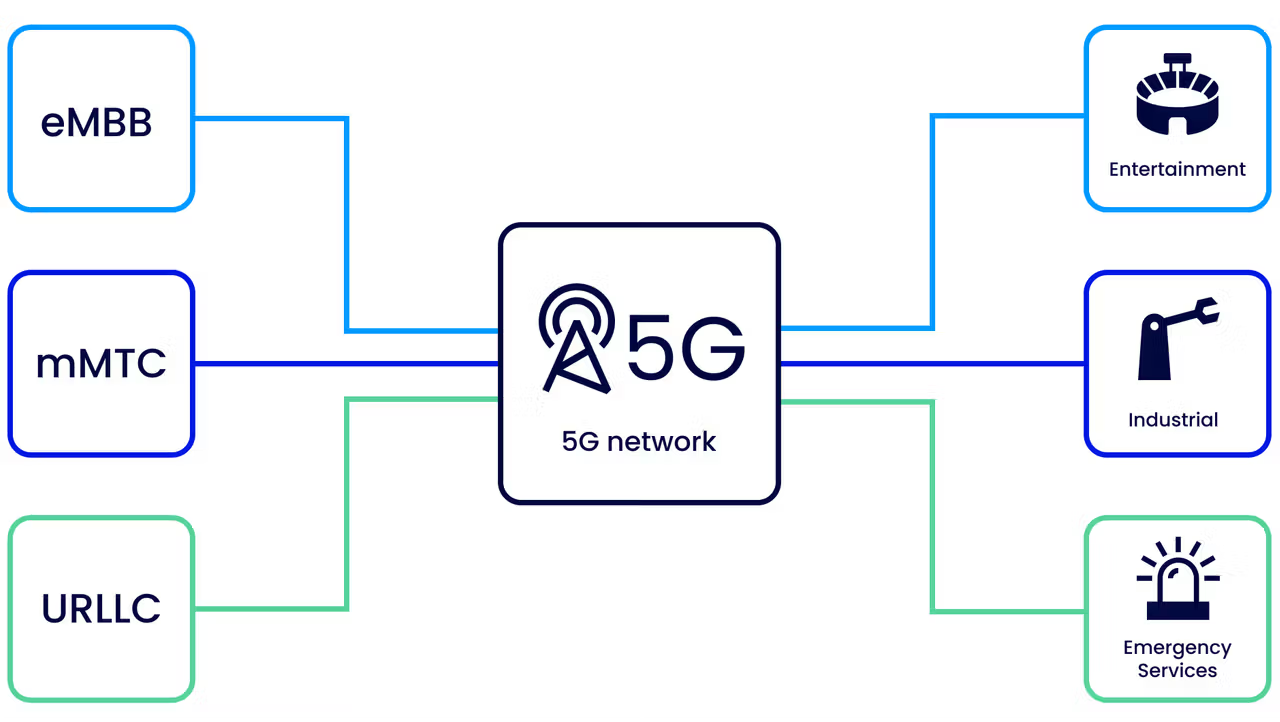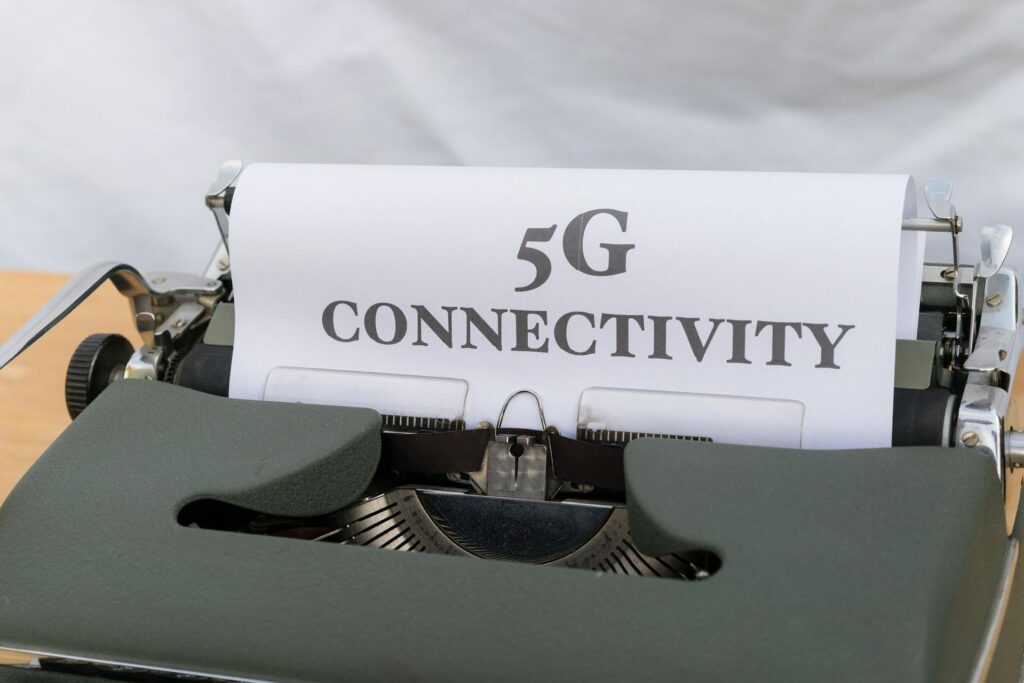Unprecedented Connectivity Scale
The 5G technology is transforming the concept of connectivity because it can have up to one million devices per square kilometer, which is 10 times more than the 4G. Such a huge concentration of devices is essential to the burst of Internet of Things (IoT) applications, allowing smart cities, industrial automation, and consumer electronics to co-exist without network jams. It is a scale that guarantees strong ties between the smart home systems and the city-wide sensor networks and the next billion devices would be part of the digital ecosystem without trouble.
Ultralow Latency for Real-Time Applications
The ultralow latency of 5G is one of its milestones and makes its responses take a maximum of a millisecond. This real-time communication helps to address time-sensitive use cases e.g. autonomous vehicles, remote healthcare surgeries, and interactive experiences of augmented reality. Devices are able to process and respond to real time data within seconds, increasing safety, accuracy and user interaction in ways that were not possible with older networks.
Tailored Network Performance Through Slicing

5G ushers in the concept of network slicing which is the ability to create several virtual networks, but using the same physical infrastructure. This enables tailored performance to suit a wide range of application scenarios at the same time: be it prioritizing critical healthcare data or low-power sensor communications. Network slicing maximizes bandwidth, improves the quality of service and facilitates the effective allocation of resources and thus industries can use the flexibility of 5G to applicate it to their requirements.
Energy Efficiency and Cost Optimizations
The 5G also tackles the issue of power consumption of massive IoT deployments. Such capabilities as power-saving modes and Reduced Capability (RedCap) devices trade off performance with energy efficiency, which prolongs battery life of sensor and wearables. Also, the closer data is to the edge at which it is generated, 5G reduces the cloud bandwidth needs and operational costs, which makes large-scale deployments economically viable.
Transformative Industry and Societal Impact
In addition to connectivity of devices, 5G facilitates radical business models in any industry. Manufacturing is using 5G to build smart factories (predictive maintenance), logistics is enhancing supply chains with real-time tracking of assets, and cities are building smart infrastructure (energy, traffic, and public safety management). The digital revolution driven by 5G does not just connect devices but is essentially an overhaul of the way industries are run and society lives bringing about the intelligent, interconnected living era.
To conclude, 5G revolution is bringing new dimensions of scale, speed, and flexibility, as it connects the next billion devices and alters technological landscapes everywhere in the world. Its innovative features enable new uses and efficiencies, which is a decisive leap in the development of the Internet of Things and wireless communication.

